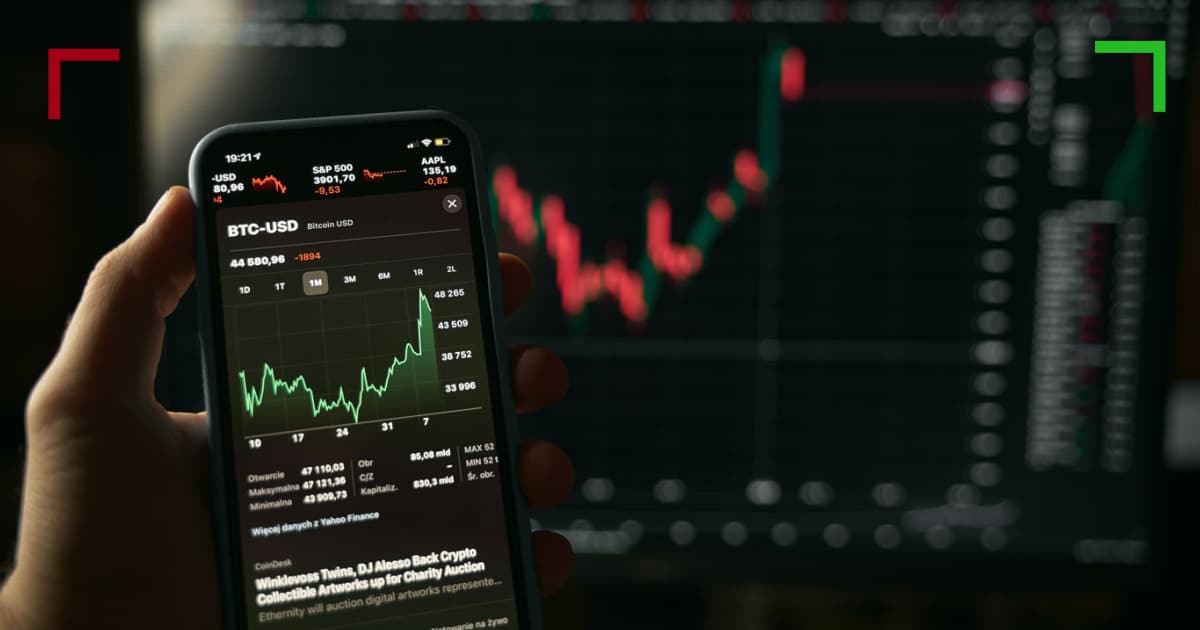
In recent years, the world of cryptocurrency has exploded, captivating the attention of investors and traders alike. With its volatile nature and vast potential for profit, many are turning to margin trading as a way to amplify their gains. In this article, we will explore the intricacies of Trading Margin Crypto click here, focusing on its benefits, risks, and strategies for successful trading.
What is Margin Trading?
Margin trading allows traders to borrow funds to increase their trading position beyond what they could manage with their capital alone. Essentially, it is a method of leveraging funds to trade more significant amounts of cryptocurrency. For instance, if a trader has $1,000 and utilizes 2:1 leverage, they can control a position worth $2,000. While margin trading can increase profits, it also increases risk significantly.
The Mechanics of Margin Trading in Crypto
Margin trading typically involves a trading platform or exchange that offers margin accounts for traders. Here’s how it works:
- Initial Margin: This is the minimum amount required to open a margin account or initiate a trading position. It is usually expressed as a percentage. For instance, if the initial margin requirement is 10%, a trader can borrow up to 90% of the position’s value.
- Maintenance Margin: This is the minimum account equity a trader must maintain in their margin account to keep their position open. If the account equity falls below this level, the trader might receive a margin call.
- Margin Call: A margin call occurs when a trader’s equity drops below the maintenance margin. The trader must then deposit more funds or close positions to bring their equity back to the required levels.
Benefits of Margin Trading in Crypto

Margin trading can offer several advantages for seasoned traders, including:
- Increased Potential Returns: The primary appeal of margin trading is the potential for higher returns. With leverage, even small price movements can result in significant profit margins.
- Diverse Trading Strategies: Margin trading allows traders to implement various strategies, including short selling, which can profit from falling prices in addition to rising ones.
- Access to More Markets: By trading on margin, investors can access a broader spectrum of financial instruments and market conditions.
Risks of Margin Trading in Crypto
With significant rewards come significant risks. Understanding these risks is crucial for anyone considering margin trading:
- Amplified Losses: Just as margin trading can amplify gains, it can also intensify losses. If the market moves against a trader’s position, quick losses can lead to liquidation of the trader’s assets.
- Market Volatility: Cryptocurrencies are notoriously volatile, and sudden market shifts can trigger margin calls, leading to unanticipated liquidation.
- Psychological Stress: The pressure of margin trading can lead to emotional decision-making and potentially disastrous outcomes.
Strategies for Successful Margin Trading
To manage the risks associated with margin trading and enhance the chances of success, traders can employ several strategies:
- Set Stop-Loss Orders: Stop-loss orders help to automatically close a position when it reaches a certain predefined level, mitigating potential losses.
- Use Smaller Leverage: While it can be tempting to use significant leverage for higher returns, using smaller leverage can reduce risk and provide greater financial stability.
- Conduct Thorough Market Analysis: Understanding market trends, news, and potential catalysts can significantly aid in making informed trading decisions. Traders should stay updated and analyze charts rigorously.
The Importance of RISK Management
One critical aspect that every trader should prioritize is risk management. Proper risk management includes:
- Defining Risk Tolerance: Each trader should define their risk tolerance and adhere to it while trading, avoiding unnecessary exposure to high-stakes situations.
- Diversifying Positions: It is advisable not to allocate all funds to a single trade or asset. Diversification can help mitigate risk.
- Education and Practice: New traders should invest time in education and practice trading through demo accounts before engaging in actual margin trading.
Choosing the Right Platform for Margin Trading
Not all exchanges that offer margin trading are created equal. Here are factors to consider when choosing a platform:
- Reputation: Opt for exchanges with good track records, customer reviews, and appropriate licenses to ensure security.
- Fees: Different platforms have various fee structures for margin trading. Analyze transaction fees, withdrawal fees, and interest rates on borrowed funds.
- Leverage Options: Check the leverage options provided by the platform and ensure they align with your trading strategy and risk tolerance.
Conclusion
Trading margin crypto can be an exciting opportunity for traders looking to maximize returns in the rapidly evolving cryptocurrency market. However, it comes with inherent risks that must be acknowledged and managed. By educating oneself, implementing effective risk management strategies, and choosing reputable trading platforms, traders can navigate the complex world of margin trading successfully. Always remember, the key to successful trading is not just on making big profits but also on managing risks effectively.

